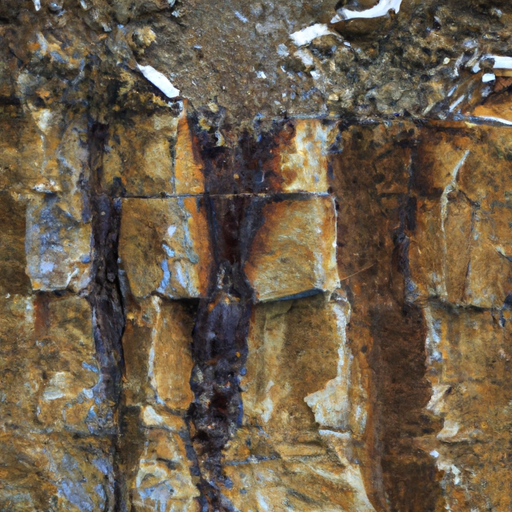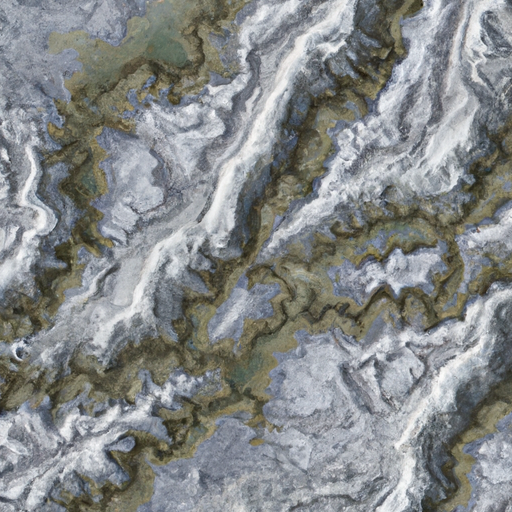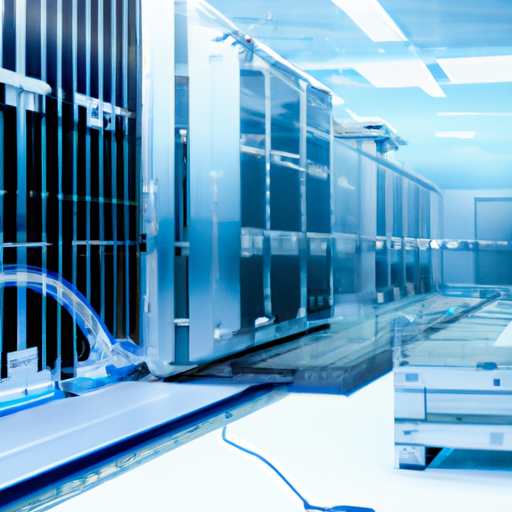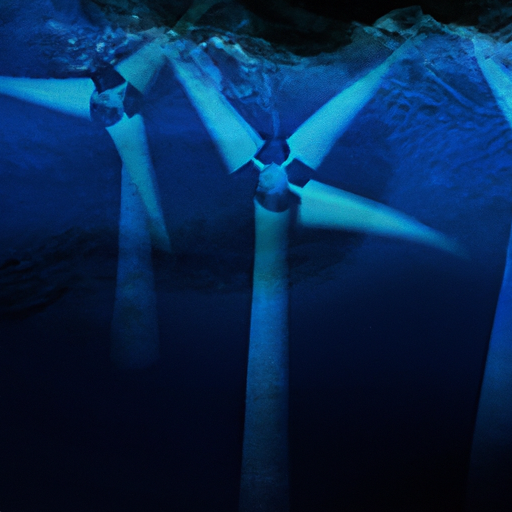New satellite data reveals Arctic permafrost is thawing at rates far exceeding climate models' projections. Scientists have discovered previously unknown feedback loops amplifying the warming effect in polar regions. The findings suggest potentially devastating consequences for global climate systems.

Recent satellite observations and ground-based measurements have revealed an alarming acceleration in Arctic permafrost thaw, with rates significantly surpassing previous scientific predictions. This development has profound implications for global climate systems and raises urgent concerns about the potential release of massive amounts of greenhouse gases currently trapped in frozen Arctic soils.
The latest data, collected through a combination of advanced satellite technology and extensive field research, shows that permafrost regions are thawing up to three times faster than predicted by climate models just a decade ago. This rapid degradation of frozen ground is already causing dramatic changes to Arctic landscapes and ecosystems.
Particularly concerning is the discovery of previously unidentified feedback loops that are amplifying the warming effect in polar regions. As permafrost thaws, it releases methane and carbon dioxide, which further increase atmospheric warming, leading to more thawing in a self-reinforcing cycle. Scientists have identified several new mechanisms that accelerate this process, including the formation of thermokarst lakes and the release of heat-trapping water vapor.
The implications extend far beyond the Arctic region. Permafrost contains approximately twice as much carbon as is currently present in the Earth's atmosphere. The accelerated release of this carbon could significantly impact global climate change trajectories and potentially trigger tipping points in the Earth's climate system.
Researchers have observed dramatic changes in Arctic landscapes as the permafrost thaws. Ground subsidence has led to the collapse of infrastructure, including buildings, roads, and pipelines. In some regions, entire lakes have disappeared as the formerly frozen ground beneath them has given way, while in others, new lakes have formed as the ground subsides and fills with meltwater.
The impact on local communities has been severe. Indigenous peoples who have lived in the Arctic for generations are witnessing unprecedented changes to their environment. Traditional hunting grounds are becoming inaccessible, and food security is increasingly threatened as ecosystem changes affect wildlife populations.
The research also reveals concerning changes in Arctic vegetation patterns. As permafrost thaws, it creates conditions favorable for certain plant species while threatening others. This shift in vegetation can further accelerate warming by changing the region's albedo – the amount of solar radiation reflected back into space.
Marine ecosystems are also being affected as increased freshwater runoff from thawing permafrost alters ocean chemistry and circulation patterns. These changes could have far-reaching consequences for global ocean currents and weather patterns.
The scientific community is particularly concerned about the potential release of ancient microorganisms and viruses that have been preserved in permafrost for thousands of years. As these frozen soils thaw, there is a risk of releasing pathogens to which modern organisms have no immunity.
The economic implications of accelerated permafrost thaw are substantial. The cost of maintaining and replacing damaged infrastructure in affected regions is estimated to run into billions of dollars. Additionally, the potential impact on global climate change could have far-reaching economic consequences worldwide.
Researchers are now calling for urgent action to address this crisis. They emphasize the need for increased monitoring of permafrost regions and the development of better models to predict future changes. The scientific community is also stressing the importance of reducing global greenhouse gas emissions to slow the rate of Arctic warming.
Several international initiatives have been launched to study and monitor permafrost thaw. These projects combine satellite observations with ground-based measurements and local knowledge from Arctic communities to build a more comprehensive understanding of the changes taking place.
The findings have important implications for global climate policy. The accelerated rate of permafrost thaw suggests that current emission reduction targets may need to be revised to account for this additional source of greenhouse gases. Some scientists argue that the potential carbon release from permafrost should be explicitly included in climate models and policy decisions.
As research continues, scientists are working to develop better prediction models and monitoring systems. The use of artificial intelligence and machine learning is helping to process the vast amounts of data being collected and identify patterns that might otherwise go unnoticed.
The situation in the Arctic serves as a stark reminder of the interconnected nature of Earth's climate systems and the potential for rapid, unexpected changes. The accelerating permafrost thaw represents not just a regional crisis but a global challenge that requires immediate attention and coordinated international action.



